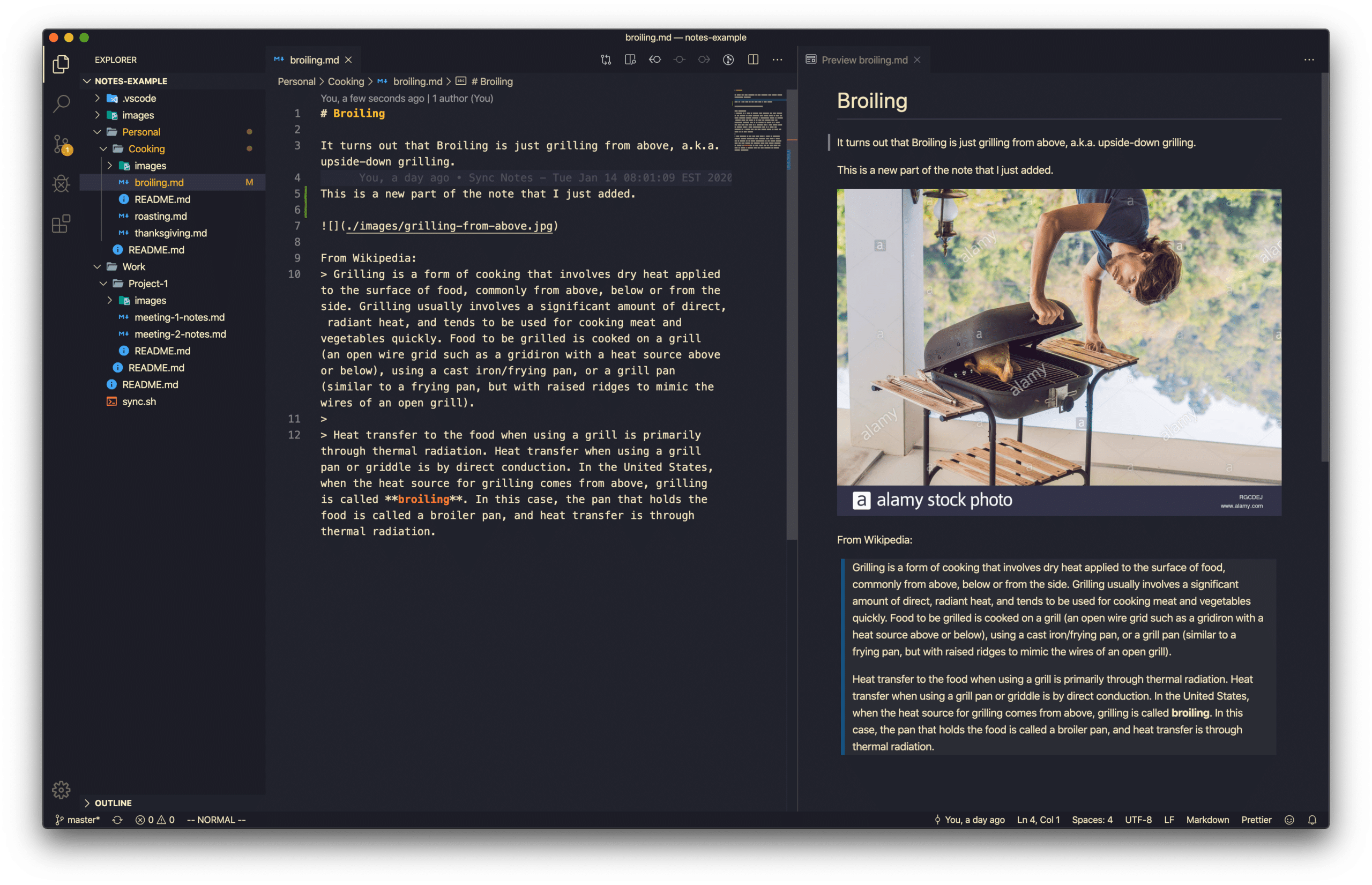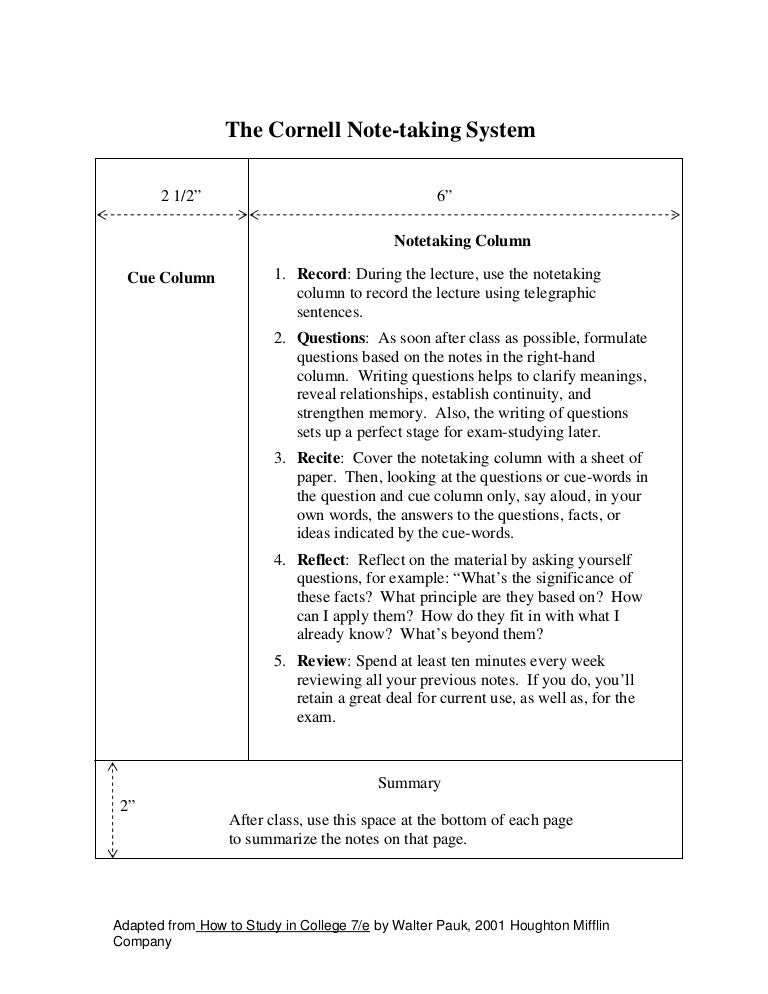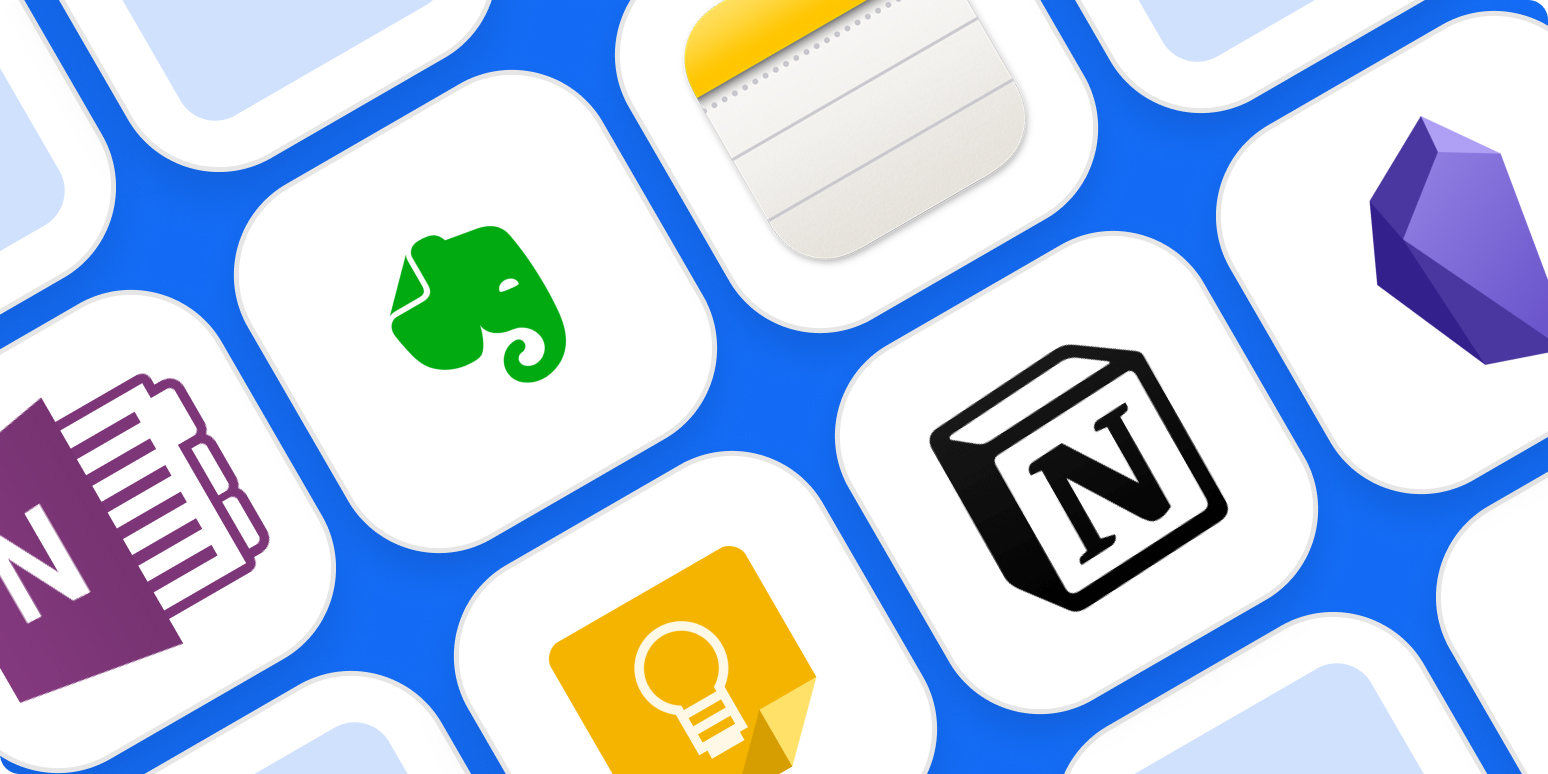

- What is an example of note taking software how to#
- What is an example of note taking software professional#
If this is too time-consuming to do during the presentation, doing it later can also act as the first repetition for yourself in the processing of the content. Use icons, colors and font sizes to emphasize, highlight, number and group ideas.Īdd images to the topics, by uploading an image from your computer or by pasting one from the internet. If longer explanations are necessary, add them in notes section of a topic and not as the topics themselves.Īs the presentation continues and you notice relationships between ideas, indicate them by drawing arrows and lines. Whenever possible, do not use whole sentences, but rather short phrases. The goal here is to create a visual summary of key takeaways. Rather than write down what the speaker says word-for-word, focus only on keywords that you find necessary to take down. When the presentation begins, create a subtopic and keep creating them in clockwise order. In a note on the topic, jot down any details you might want to refer to later, such as the speaker, location, date, etc.
What is an example of note taking software how to#
How to take presentation notes with mind mapsīefore the lecture or presentation begins, start a new mind map with your first topic. Centralizing all your information from a presentation or lecture in a mind map also means that you won’t have to store different things in different places.

And while adding these elements is fun, it also creates visual triggers, which assist in memorization. When mind mapping online, you can add images, notes, files and links, while color coding and designing your mind map.

Additionally, you will not transcribe lectures verbatim and, therefore, will draw your conclusions and process the information presented to you. Since you focus on the connections rather than taking copious notes, you end up with fewer notes but more meaningful information. And because a mind map can always be added to, those connections are adjusted and emphasized in real time. Notes in mind maps begin with a central idea and branches, reaching out in all directions.īy nature, these topics and subtopics show hierarchies, relationships and connections between ideas. Because mind maps are inherently visual, you can take notes and never lose sight of the bigger picture. Mind maps address many of the issues presented by linear notes. If you take notes in a word processor on your laptop or tablet, the tendency is to write down lectures word-for-word without rephrasing, thus skipping essential processing of the information. Perhaps the biggest downside of linear notes is the difficulty with which information can retroactively be added. They are repetitive and harder to memorize, physically strenuous if written by hand and encourage whole sentence writing, which wastes valuable time. They do not provide an overview of topics as mind maps do, which often leads to rereading whole passages in search of a particular piece of information. Linear notes, while still popular among schools around the world, are not nearly as effective as mind mapping. What’s wrong with traditional note taking?
What is an example of note taking software professional#
Whether you are a professional or a student, taking notes is an essential part of your day to day life.


 0 kommentar(er)
0 kommentar(er)
